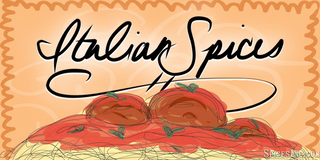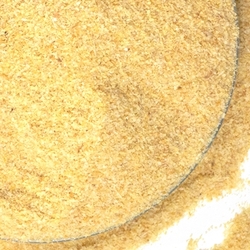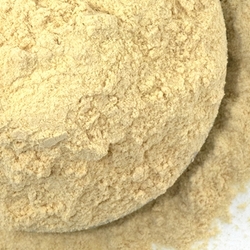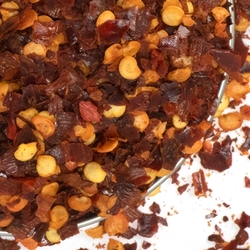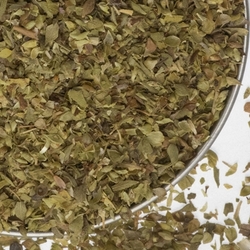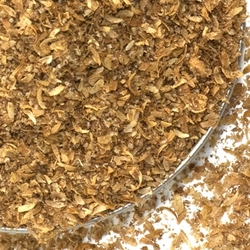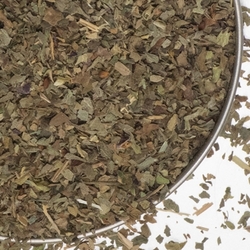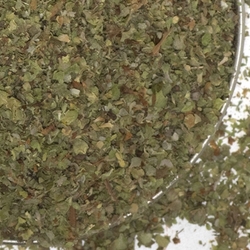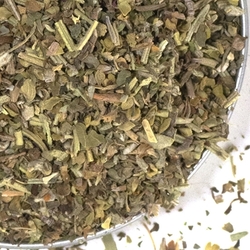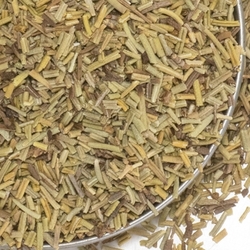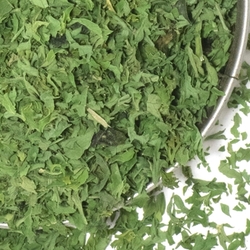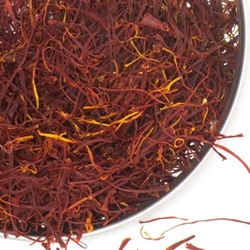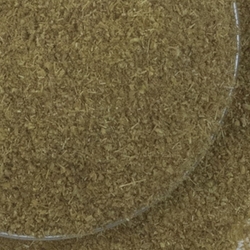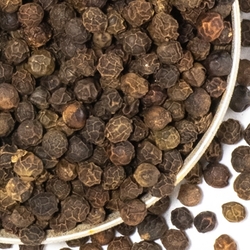Italian Spices
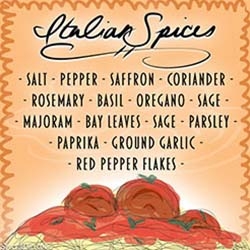
Italian cuisine has become synonymous with foods like pizza and spaghetti in the American consciousness. Just as many other cuisines have transformed, Italian has done the same over time in America. Despite this, the lovely flavors of the herbs and spices one would expect to find in Italian food has remained rather constant.
Italian food has a beautiful, rich history that is nearly as rich as the flavors of the foods themselves. Variations in pasta, bread, and even food preparation techniques exist from region to region, and sometimes even from town to town. Neighbors on town borders may have vastly different food cultures. What these foods do have in common are the spices used to create those unmistakably Italian flavors.
Italian Spices
When you think of Italian cooking, you probably think of your favorite pizza parlor with its giant ovens and the people that shout over customers to call out orders. You've probably grown accustomed to watching in the background as cooks delicately distribute cheese across handmade crusts to be thrown into that oven's heat. Italians are known for their penchant to use herbs in their cooking, but there are other spices that make their way into the food, too.
- Salt- Salt is abundant in Italian cooking. Italian food is known for the deliciously savory comfort foods it offers, and salt helps bring those flavors out. Coarse sea salt is the preferred type of salt in Italian cuisine.
- Garlic- is arguably one of the most common spices used. This savory flavor is a staple because it compliments cheese so well.
- Pepper- Fresh ground pepper is all over Italian food. Don't think you will ever find pre-ground pepper at your table, because Italians know the best pepper is the sort that is freshly ground.
- Red Pepper Flakes- these little guys are wonderful to add a spicy kick to food. In America they complement pizzas everywhere, with little shakers full of the spice at nearly every table in every pizza parlor across the states. In Italian cooking, you will find these paired with cheeses, in homemade sauces, and sometimes in soups.
- Coriander- this spice is used to season a lot of meat and fish in Italian cuisine.
- Saffron- while expensive, this spice is used frequently in fish stews and risottos, ususally just for color.
- Bay Leaves- these are used frequently to help flavor white sauces, as well as in marinades destined for meat.
- Parsley- If there is garlic in an Italian dish, you can almost guarantee that parsley is hanging out with it.
- Paprika- is popular in sauces made for seafood, as well as in red sauces.
You are probably wondering where the rest of the herbs are on this list. It's true, Italians love their herbs. Americans have noticed this so much that we have created an entire blend dedicated to the herbs in Italian cuisine, and we have cleverly called it "Italian Seasoning."
What Are the Spices in Italian Seasoning?
Italian seasoning does not exist in Italy, except for in stores that sell specialized foreign foods. There is no real seasoning blend that compares to this American made blend, since Italian cooks prefer to use one or two herbs in their cooking. Very infrequently would you find a genuine Italian dish with this number of herbs in it. Still, we have it because these herbs remind us of the flavors we have come to associate with Italy. As spice blends go, they are different based on who makes them, but our Italian Seasoning has just five ingredients.
- Rosemary- this herb grows abundantly all over the Italian countryside and is used in meat marinades and with grilling. Some people will even throw rosemary directly on the charcoals of the grill to give a better overall aroma to the food they are cooking. Rosemary has a particularly potent scent. This herb is also common in roasted vegetable dishes and it has the unique characteristic of keeping a lot of its flavor even after long cooking.
- Basil- is probably the most loved herb in the entire country of Italy. It pairs incredibly well with tomatoes, which means it is an herb that can be found in many of the red sauces available there. It is widely used in many pasta dishes, though it can also be found cozying up with vegetables like eggplant or zucchini.
- Oregano- this herb is a key ingredient in pasta dishes of Southern Italy. This is usually added at the end of cooking because it loses flavor quickly. Oregano gained popularity as an Italian herb in America after WWII after soldiers brought back home their love for the herb on pizza.
- Sage- this is so important to Italians that their salutation of "salve!" comes from the word for sage, which is salvia. This herb finds its way into a lot of dishes, usually savory in nature. Grilled dishes will almost always have sage in them.
- Marjoram- is popular in stews and with seafood based dishes. It is also popular in salad dressings.
The herbs we have in our Italian seasoning were inspired by the classic flavors of Italian cuisine. Typical Italian seasoning blends usually have these ingredients, though some manufacturers do add black pepper or red pepper flakes to the blend, if they are looking for something spicier.
What Are the Spices in Italian Sausage?
Seasoning sausage is a surprisingly common theme when scouring the web for anything Italian food related. The spices in Italian sausage are unique to the individual or company making them, and are usually tweaked to taste, but there are some base ingredients.
- Italian Seasoning- this is usually a base because of the different herbs in it. Ask anyone what an Italian sausage tastes like and they are sure to say "herby."
- Granulated Garlic- for that robust garlic flavor some have come to associate with specific brands of Italian sausage.
- Dried Red Pepper Flakes- this gives Italian sausage its signature heat without being overwhelming.
- Fennel- This is the licorice flavor you may find in some sausages. Ground fennel loses it's flavor quickly, so the whole fennel seeds can be added as is, or ground before you use them.
Some people will also use paprika in their Italian sausage, but that is a taste thing. With all kinds of cooking, experimentation is the best part. Who doesn't love eating food again and again until it tastes just right? If you are making your own Italian sausage at home, these spices are a great place to start. You can use Italian seasoning if you aren't familiar with herbs or you can add herbs individually if you are more interested in building flavors yourself.
Related Posts
The World's Healthiest Cuisines -Italy
8 Healthiest Cuisines in the World
Sausage Spices and Seaonings
Spice Cabinet 101: Getting the Most Out of Your Dried Herbs

